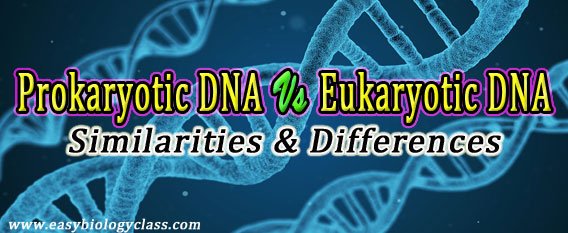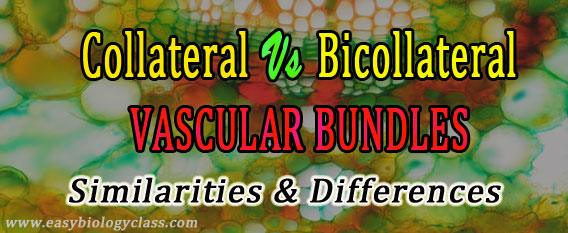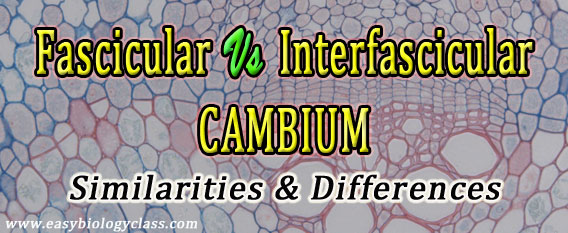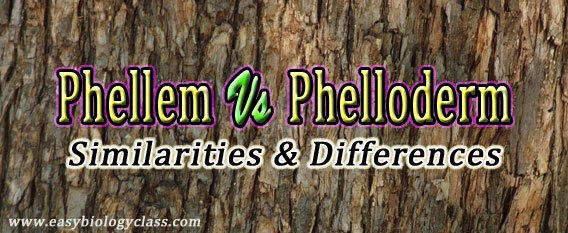Prokaryotic DNA vs Eukaryotic DNA DNA is the genetic material in both Prokaryotes and Eukaryotes. The chemical composition and structural features of DNA in both prokaryotes and eukaryotes are similar. The major differences between prokaryotic and eukaryotic DNA were those related to its genetic content and organization. The present post describes the similarities and differences […]
Continue ReadingDifference between Collateral and Bicollateral Vascular Bundles
Vascular bundles are the distinct structural organization vascular tissues (xylem and phloem) and the formation of vascular bundles is one of the advanced characteristics of higher plants. In the stem of seed plants, the vascular tissue (xylem and phloem) occupy together as vascular bundles. However, in roots the xylem and phloem are not associated together […]
Continue ReadingDifference between Fascicular and Interfascicular Cambium
Fascicular vs Inter-fascicular Cambium Cambium is a strip of meristematic cells present between the xylem and phloem in dicot plants. The primary function of the cambium is to produce the vascular tissue and hence it is called the ‘Vascular Cambium’. The vascular bundles found in the primary plant parts are also called as Fascicles. The vascular […]
Continue ReadingDifference between Phellem and Phelloderm
During the secondary growth in both stem and root, the peripheral tissues like epidermis, hypodermis and cortex are replaced by a new secondary tissue called the Periderm (bark). The periderm composed of three components: (1) Phellogen, (2) Phellem and (3) Phelloderm. The current post discusses the Similarities and Differences between hellem and Phelloderm with a […]
Continue ReadingDifference between Primary and Secondary Meristem
Primary vs Secondary Meristem Meristems are a group of plant cells that remain in a continuous state of division. The meristematic cells continuously produce new cells through the life of the plant. In previous posts, we have discussed the Characteristics of Meristematic Cells, Classification of Meristems and Difference between Meristematic and Permanent Tissues. The present […]
Continue Reading




